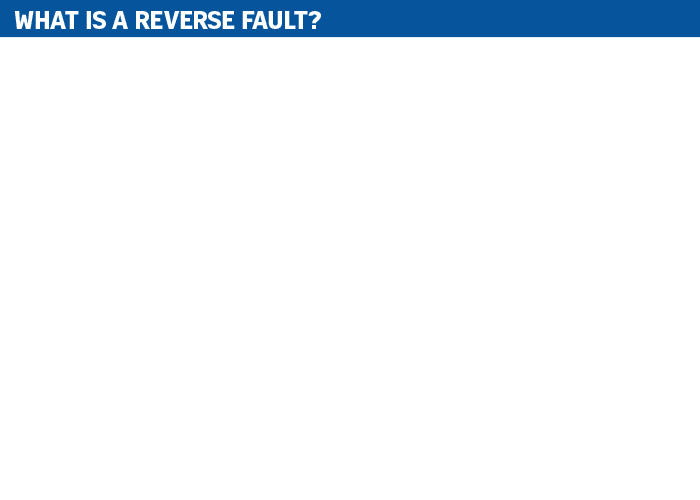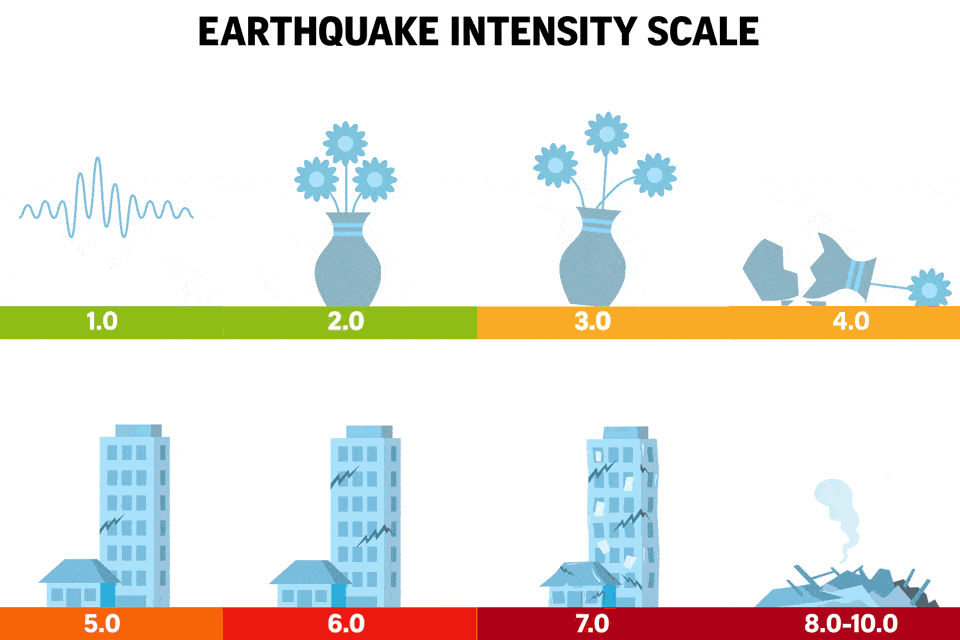ST Explains
Taiwan quake: What are the reasons behind the low death toll? Will there be a bigger aftershock?
Sign up now: Get insights on Asia's fast-moving developments

Taiwan has strict building codes that ensure its infrastructure can withstand earthquakes.
PHOTO: REUTERS
Follow topic:
SINGAPORE – Despite being hit on April 3 by its strongest earthquake in 25 years, Taiwan has kept its death toll relatively contained, earning the island plaudits from experts for its preparedness.
At least 10 people were killed
The Straits Times speaks to geologists to find out how Taiwan weathered the 7.4-magnitude temblor
Q: Why has the recent Taiwan earthquake resulted in fewer deaths so far than previous earthquakes of similar magnitudes?
A: The depth of the powerful earthquake that shook the whole of Taiwan is one of the factors for it not being as fatal as the 2023 Turkey-Syria earthquake,
Shallow earthquakes tend to cause the ground to shake more intensely than deeper earthquakes of the same magnitude. This is because less kinetic energy is shed by seismic waves as they travel over a shorter distance to the surface.
The 7.8-magnitude Syria-Turkey earthquake that killed more than 50,000 people struck 18km below the earth’s surface, while the April 3 earthquake occurred at a depth of 34km.
Typically, earthquakes in Taiwan occur in the uppermost 20km of the earth’s crust, according to Assistant Professor Meltzner, a principal investigator at NTU’s Earth Observatory of Singapore.
He said: “A hypothetical earthquake of a similar size in the uppermost 20km of the crust would be expected to produce even stronger shaking than what was observed on April 3.”
Taiwan is also no stranger to earthquakes due to its location in the Ring of Fire, a horseshoe-shaped area fringing the Pacific Ocean where most of the world’s earthquakes, tsunamis and volcanoes occur because of clashes in the earth’s crust.
Most of the island faces a significant level of seismic hazard as a result of active tectonic movements and faults, said Assistant Professor Luca Dal Zilio, who is also a principal investigator at the observatory.
Geological faults refer to cracks in the earth’s crust. In an active fault, pieces of rock move along the fault line, causing earthquakes.
The eastern Longitudinal Valley fault, a reverse fault near Hualien, is one of the possible sites that triggered the April 3 quake, according to Prof Meltzner.
The epicentre of the quake was about 18km south-west of Hualien. The two plates compressed and converged along a reverse fault, such that one part of the earth’s crust is pushed up and over another part.

The island’s vulnerability has led to the implementation of strict building codes
The system was developed in Taiwan after another 7.4-magnitude earthquake in Hualien in 1986, according to Prof Meltzner.
He said: “Earthquake early warning may have contributed to saving lives on April 3, especially if it allowed trains to slow down to avoid derailing.”
However, unhappiness has surfaced in northern Taiwan, where residents complained that they did not receive alerts about the earthquake despite feeling its effects. The government-run weather administration apologised, saying it underestimated the earthquake, and promised to review the system.
In comparison with the 7.7-magnitude earthquake in Taiwan that struck in 1999, the April 3 one occurred in an area with lower population density and at a lower magnitude, which undoubtedly made a difference, Prof Meltzner added.

Q: Why could the April 3 earthquake be felt hundreds of kilometres away?
A: For deeper earthquakes, shaking is slightly reduced close to the epicentre but can be felt over a wider area, said Prof Meltzner.
Notably, the influence of this temblor extended far beyond its epicentre.
Prof Dal Zilio said: “Many people in mainland China felt the shaking, at distances as far as 700km away.
“Seismic waves from this event rippled across the planet, with seismic stations stretching from the US to Europe capturing the waves as they passed through.”
Based on the United States Geological Survey’s estimates, the rupture caused by the April 3 earthquake measured 60km long and is nearly triple the size of Singapore.
The risk of a tsunami arose as one block of the earth’s crust was pushed over another part, displacing the ocean floor.
The seismic event was strong enough to trigger tsunami warnings
He added: “While there are no available records along the coasts of Taiwan, a tsunami wave height of 31cm was measured at an island approximately 200km offshore.
“Based on these measurements, it is estimated that tsunami heights along the coast of Taiwan coast could have reached between 1m and 2m.”
Q: Could a bigger earthquake strike the area some time soon?
A: More than 310 earthquakes have taken place within 24 hours of the April 3 earthquake, according to Taiwan’s Central Weather Administration.
These are known as aftershocks, which refer to earthquakes that occur in the vicinity of a large earthquake, or a mainshock, as the ground readjusts along the fault. These can occur for days, months or even years after the main event.
It is common for aftershocks of a 7.4-magnitude earthquake to extend hundreds of kilometres away, and to continue for many years, said Prof Meltzner.
He added: “Based on average global statistics, about 5 per cent of earthquake ‘mainshocks’ are followed by something even bigger... Importantly, it is not possible to know in advance which ‘mainshocks’ will eventually become a ‘foreshock’ to something even larger. This can be known only retroactively.”


